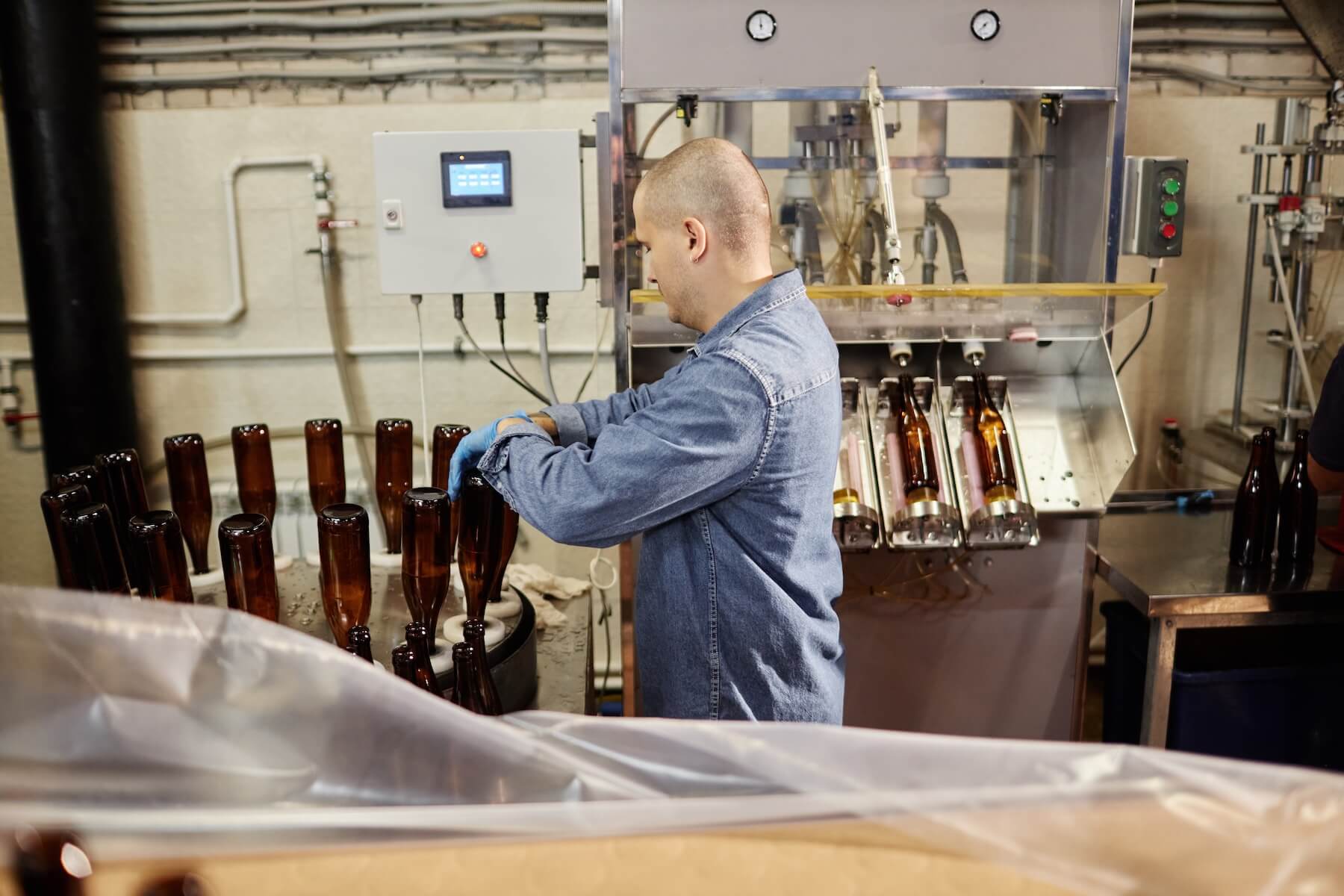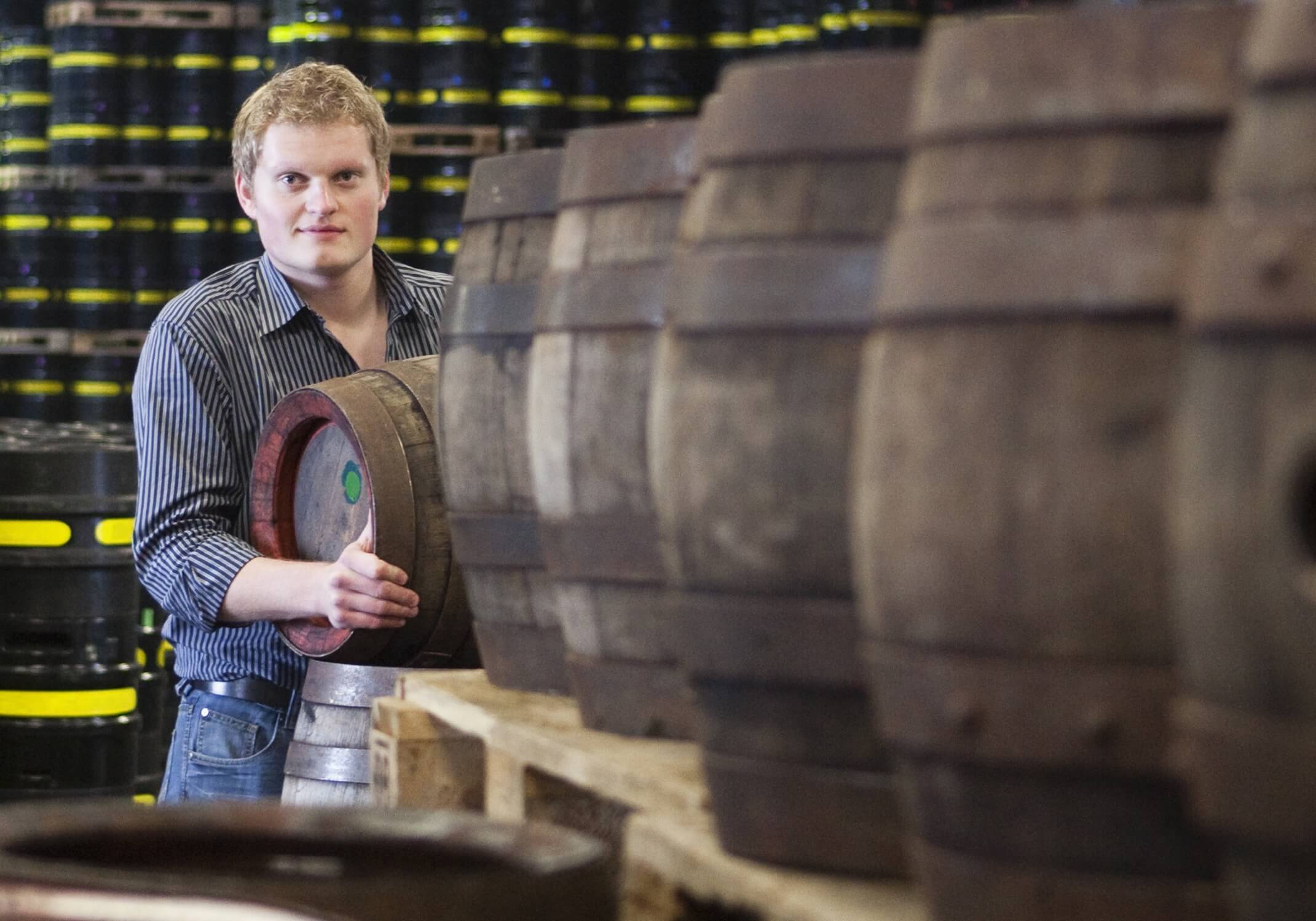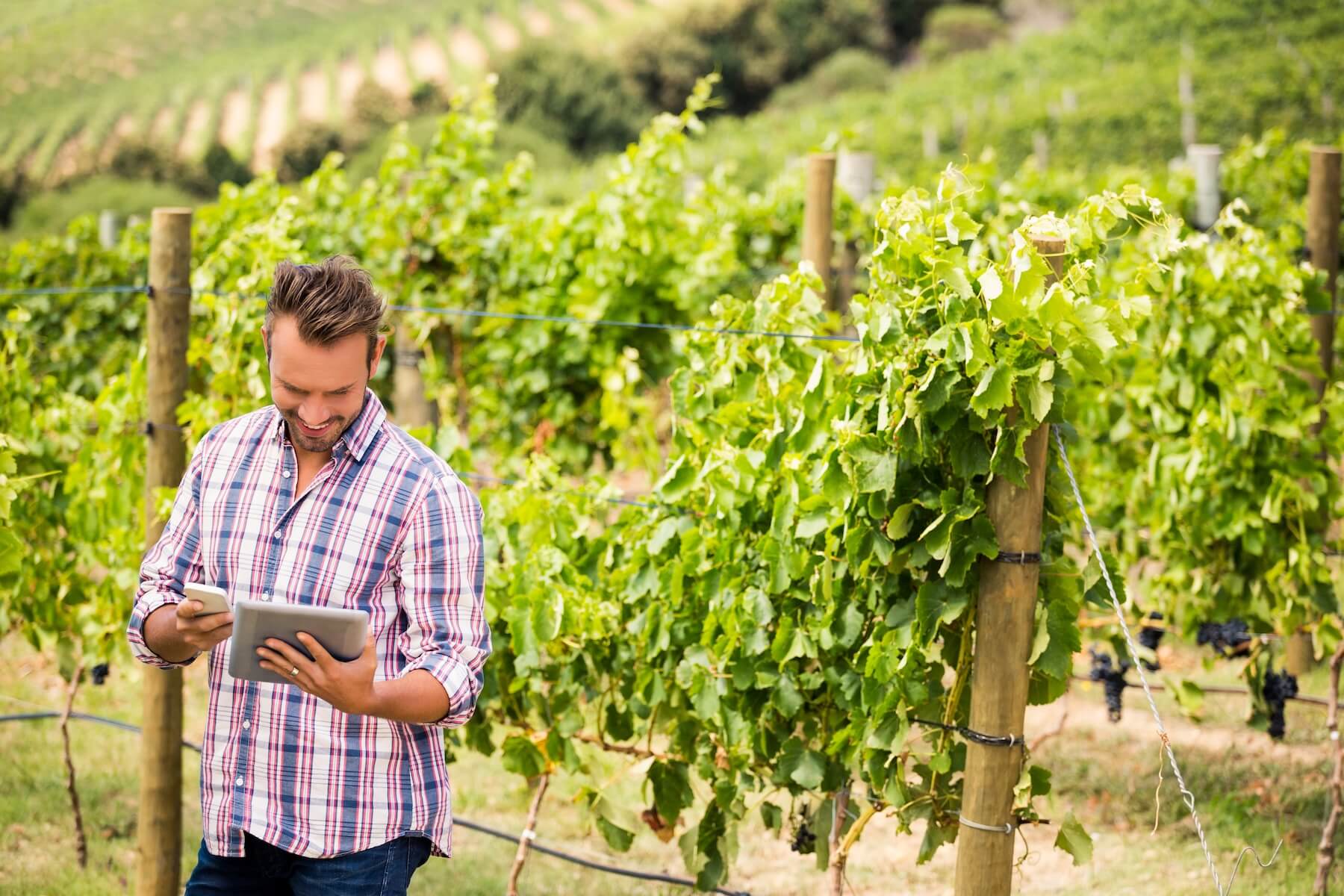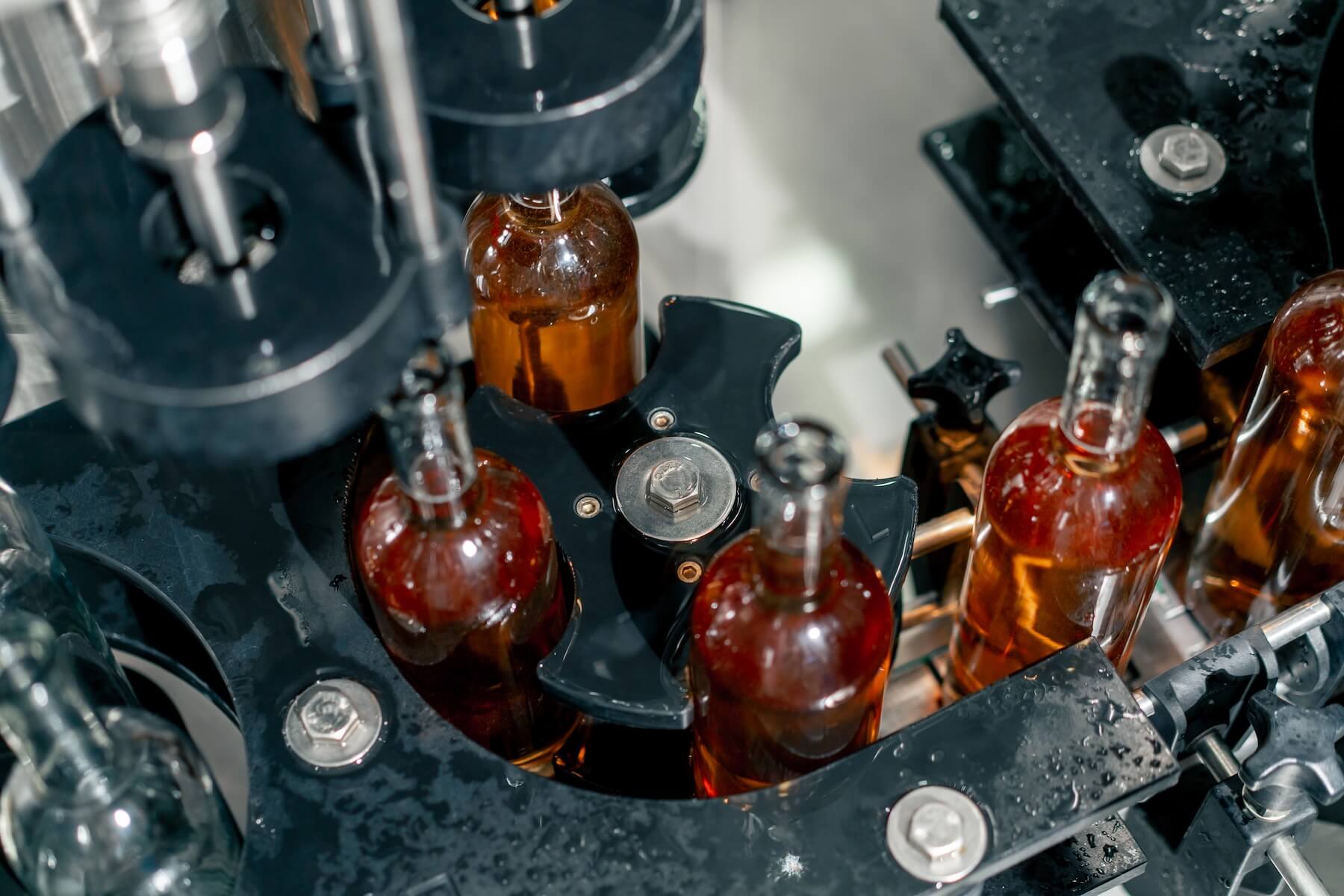Branding is about more than just your logo or a catchy tagline. (Way more.) It’s the emotional and visual personality that customers associate with your winery. A strong brand creates trust, tells a story, and builds lasting connections with your audience. However, wine branding can be tricky, especially for wineries without fully built-out marketing teams.
Think about this: Your brand has seven seconds or less to make an impression on a consumer. This makes winery branding arguably as important as production and sales. However, smaller wineries often lack the resources and expertise to maintain strong and consistent branding. Inconsistencies seep in via five common wine branding mistakes.
Top Wine Branding Mistakes
If your winery marketing team is small (or non-existent), here are a few common pitfalls to look out for and tips on how to avoid making them.
1. Inconsistent Messaging & Design
The Mistake: Imagine visiting a winery’s website, and it looks sleek and modern, but their social media screams rustic farmhouse vibes. On the shelf, the wine labels range from art deco to psychedelic. While each design is beautifully executed, the mixed styles confuse customers and weaken the brand identity.
How can customers trust your product if they don’t know who you are? Consistent messaging and design form an essential foundation for your winery brand.
How to Avoid Wine Branding Mistakes:
- Develop a comprehensive brand guide: Think of your brand guide as the blueprint for every visual and written element associated with your winery. It should include:
- Your brand story and key messages (e.g., mission, vision, values and origin story)
- Approved logo variations
- A consistent color palette
- Typography guidelines (e.g., your website font shouldn’t clash with your wine label design)
- Tone of voice for written content (e.g., casual, conversational, refined and sophisticated)
- Photography and icon guidelines
- Examples of graphics (e.g., social media ads, wine labels, print and outdoor ads and winery signage)
Applying a cohesive brand across all touchpoints can increase customer loyalty. Customers love familiarity, which builds trust and reinforces recognition.
- Audit your current assets: Regularly review your branding across all channels — your website, social media, email newsletters, labels and tasting room signage — to ensure it aligns with your brand’s story and style.
- Train your team: Your employees, especially those who interact with customers, should know your brand story inside and out. Equip them with messaging guidelines to ensure they communicate with customers in an on-brand way.
2. Ignoring the “Voice of the Customer”
The Mistake: It’s easy to fall in love with your own ideas and vision for your winery. But if you’re not actively listening to your customers, you risk creating products and marketing messages that completely miss the mark.
How to Avoid Wine Branding Mistakes:
- Use surveys and feedback tools: Create surveys for tasting room visitors or online customers to gather insights about their preferences. For example:
- “What flavors do you look for in a wine?”
- “What made you choose our winery over others?”
- “What could we improve about your experience?”
- Customer roundtable or advisory board: Invite some of your top customers, like wine club members or frequent tasting room visitors, to participate in a panel discussion to gather feedback on your products and customer experience. Host an exclusive tasting or offer gift boxes with your wine and swag to encourage participation.
Don’t forget to incentivize responses with perks like discounts or free tastings!
- Leverage social media conversations: Your customers are already talking online. Pay attention to comments, reviews and direct messages. Tools like Google Alerts or social listening platforms can help you monitor what people say about your wines.
- Segment your audience: Not all customers are alike. Segment your audience into local visitors, online shoppers or wine club members, and tailor your marketing efforts to each group. For example, locals might appreciate promotions for weekend events, while online customers care about fast shipping and discounts.
- Leverage winery ERP software: Winery ERP software can centralize customer data, track tasting room sales, and track online orders and club memberships to identify trends and preferences. By analyzing this data, you can better understand your audience and tailor marketing efforts to meet their expectations effectively.
Your customers are your best marketers. Their insights are golden because they represent what real people want. Listen and adapt, and they’ll reward you with loyalty.
3. Lack of a Clear Marketing Plan & Goals
The Mistake: When wineries lack a defined marketing strategy, it’s like throwing spaghetti at the wall. Trying random tactics without understanding what actually works leads to wasted time and money.
How to Avoid Wine Branding Mistakes:
- Set SMART goals: The goals should be:
- Specific: “Increase wine club memberships by 10%.”
- Measurable: Use tools like Google Analytics, CRM software or POS reports to track progress.
- Achievable: Ambitious but realistic.
- Relevant: Focus on efforts that directly impact revenue or brand growth.
- Time-bound: Set a deadline, like “within six months.”
- Create a simple, actionable plan: You don’t need a 50-page marketing document. Start with a one-page strategy:
- Define your audience.
- Outline your key messaging.
- Choose three to five marketing tactics (e.g., email campaigns, Instagram ads, tasting room events).
- Assign a budget and timeline for each tactic.
- Measure results and adjust: Review your performance regularly. Experiment with different subject lines, personalization or email send times if your open rates are low. Marketing is a living process, not a set-it-and-forget-it task.
4. Losing Sight of Your Core Message & Purpose
The Mistake: In a crowded market, wineries sometimes try to be everything to everyone. The result? A diluted brand that no one truly connects with. Remember, your brand isn’t just about selling wine; it’s about telling your unique story.
How to Avoid Wine Branding Mistakes:
- Define your winery’s purpose: Why did you start your winery? What values drive your business? What makes your wines unique? For example:
- Do you prioritize sustainability?
- Are your wines tied to a compelling family tradition?
- Are you champions of a specific varietal or terroir?
- Simplify your messaging: If someone asks, “What’s your winery all about?” you should have a succinct, compelling answer. For example: “We’re a family-owned winery crafting bold Zinfandels from sustainably farmed vineyards in Sonoma County.”
- Infuse your story everywhere: From wine labels to Instagram captions, weave your story throughout your brand. Customers love buying into a narrative, not just a product.
5. Over- or Under-Investing in Advertising
The Mistake: Some wineries overspend on splashy campaigns that don’t generate a solid return on investment (ROI). Others avoid advertising entirely, relying solely on word-of-mouth.
How to Avoid Wine Branding Mistakes:
- Start small and targeted: If you’re new to advertising, focus on affordable, high-impact channels like:
- Google Ads: Target keywords like “best wineries in [your region].”
- Social media ads: Run location-based campaigns to attract visitors to your tasting room.
- Email marketing: Use newsletters to promote events, new releases and special offers.
- Track ROI religiously: Every advertising dollar should work for you. Use analytics tools to monitor performance. Adjust your campaign or try a new approach if it isn’t delivering results.
- Experiment with content marketing: Content marketing is a cost-effective way to build your brand without breaking the bank. Write blogs, create wine pairing guides, or host virtual tastings to engage your audience.
Build a Wine Brand That Lasts
Branding isn’t a one-time project — it’s an ongoing commitment that tells the story of who you are to the world. Avoid these common branding mistakes by focusing on consistency, customer insights, strategic planning and purposeful messaging. The result? You’ll create a winery brand that stands out and nurtures consumer loyalty.
Remember, every decision you make should answer one question: Does this align with the story we want to tell?
Learn how Crafted can help boost your winery brand, increase sales, and run a leaner, more efficient operation. Let’s chat today!







